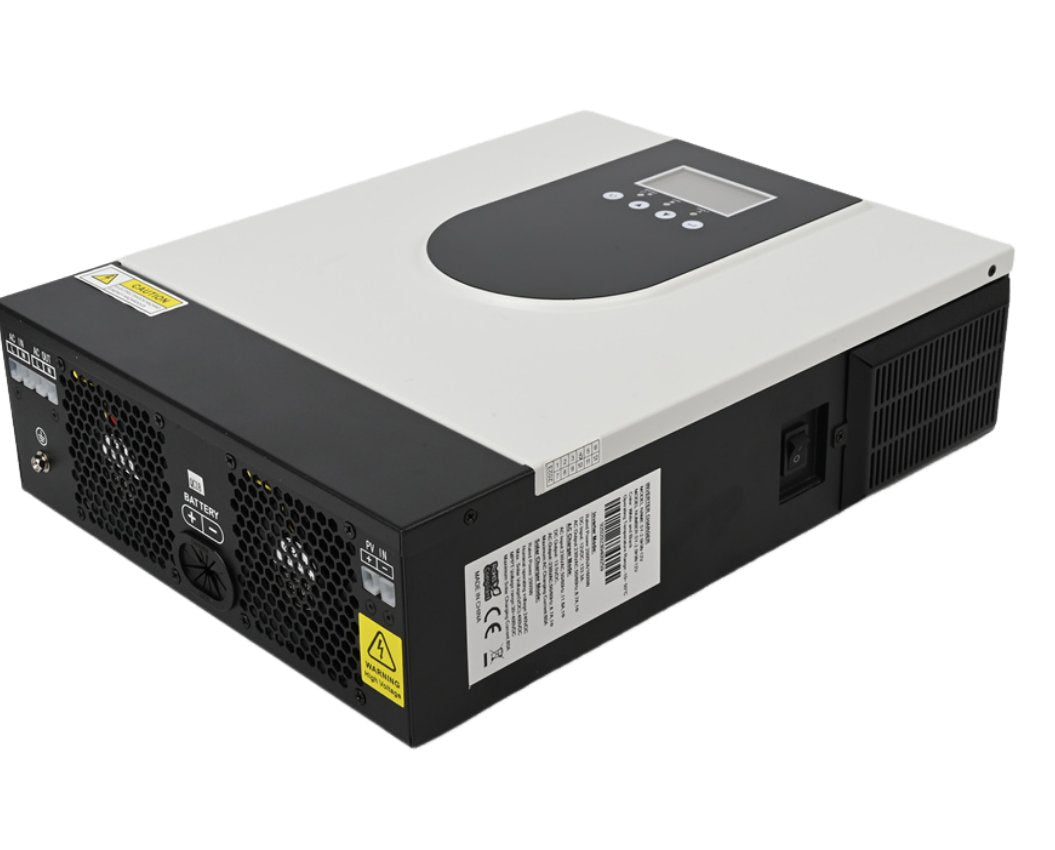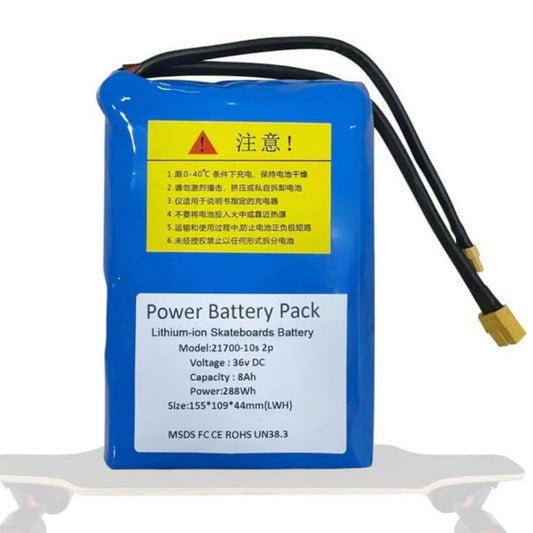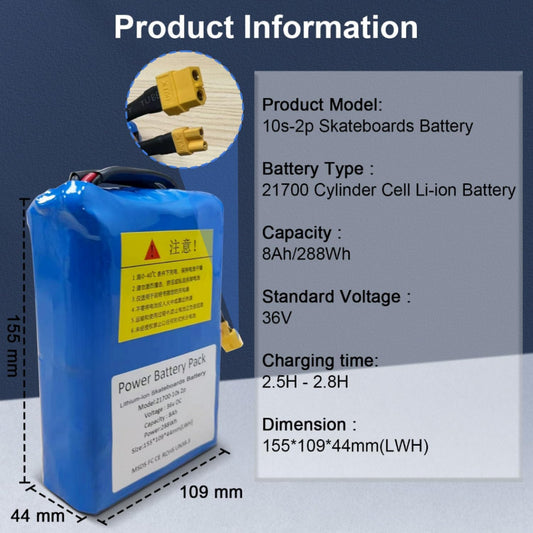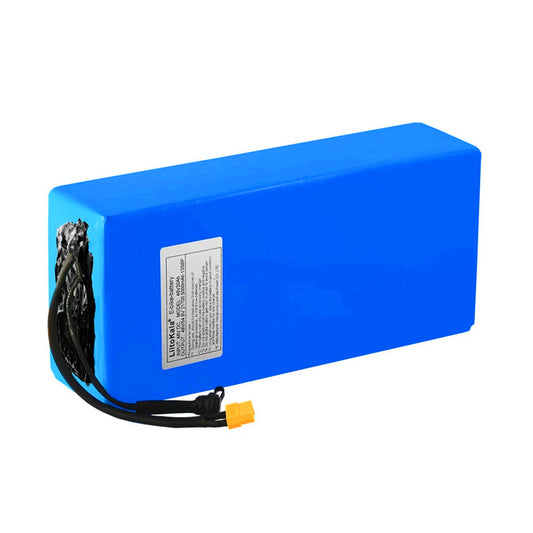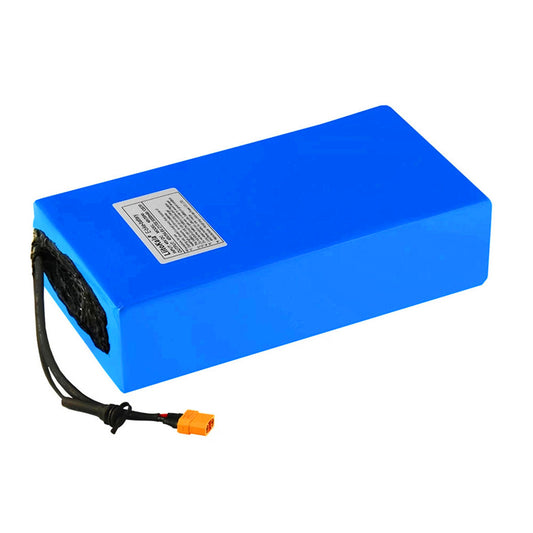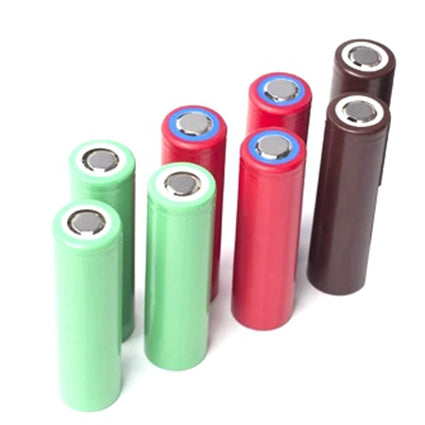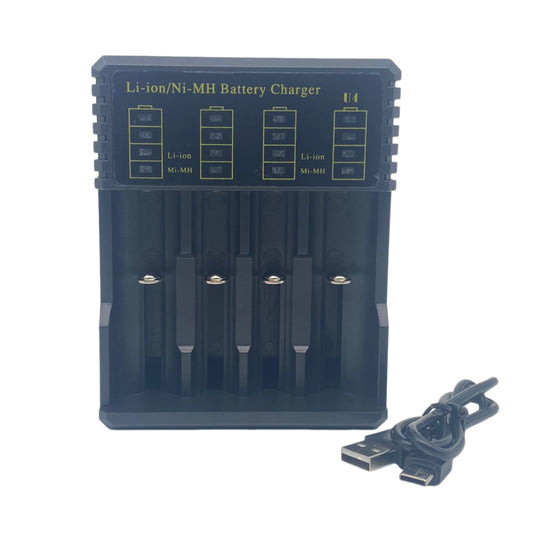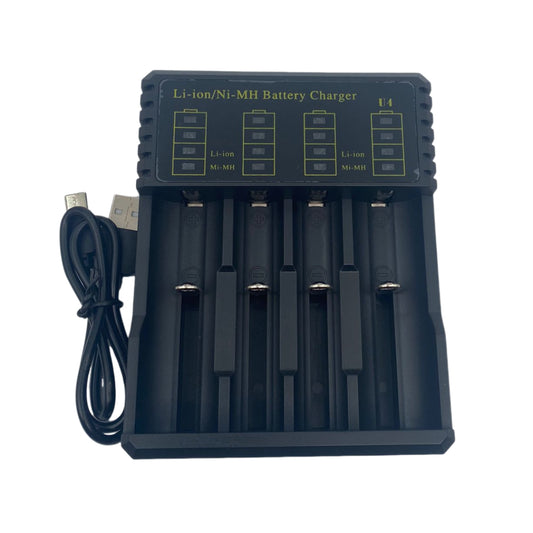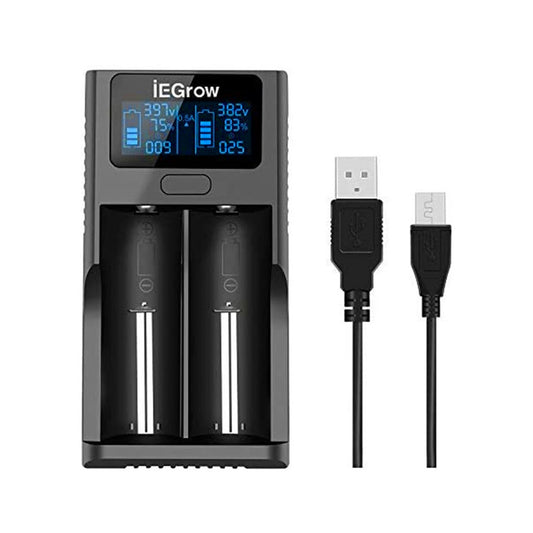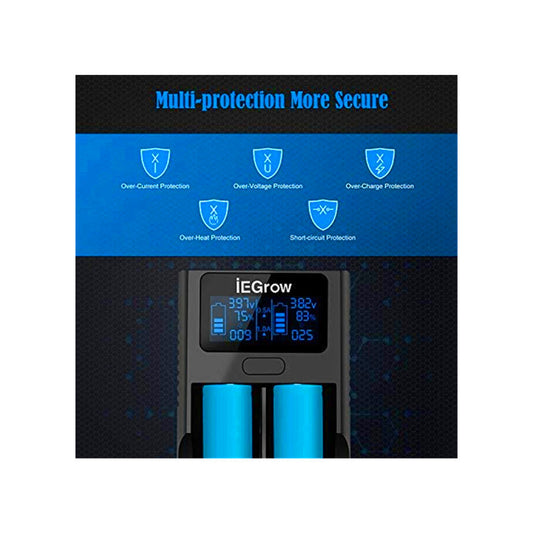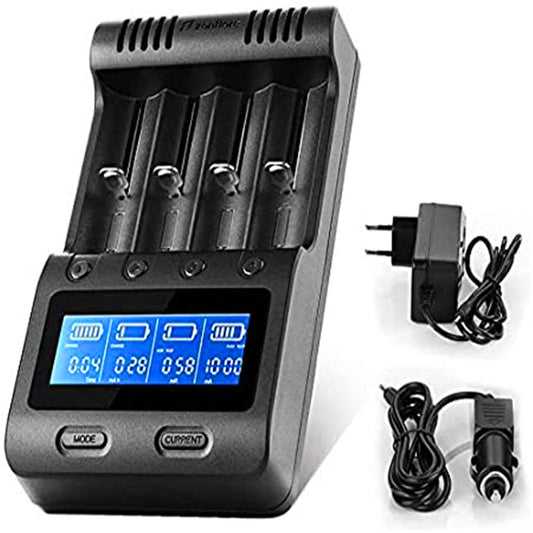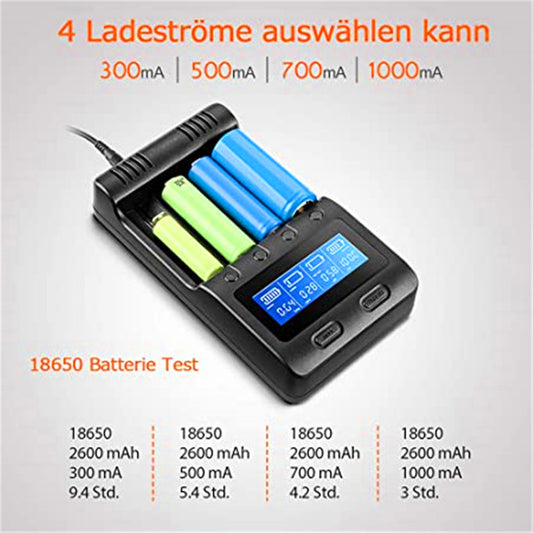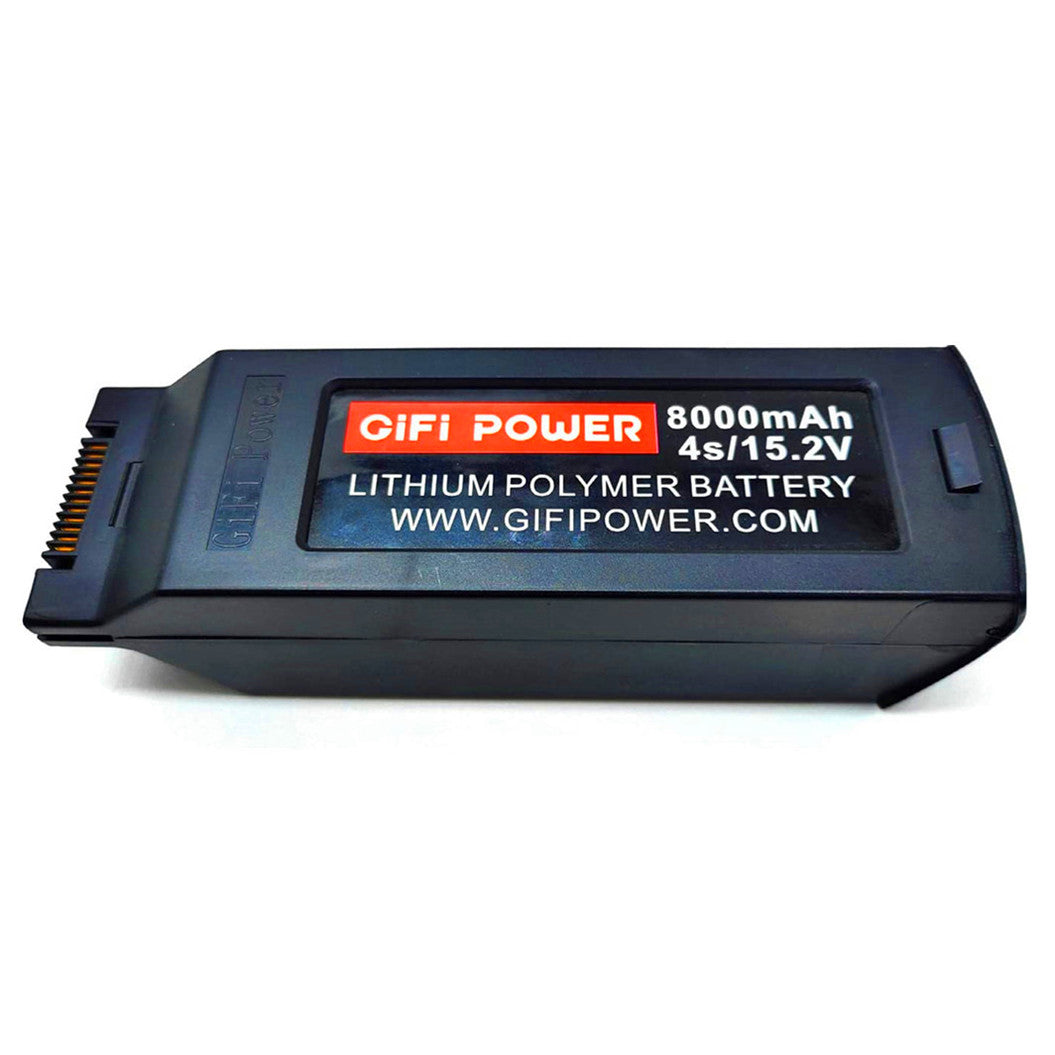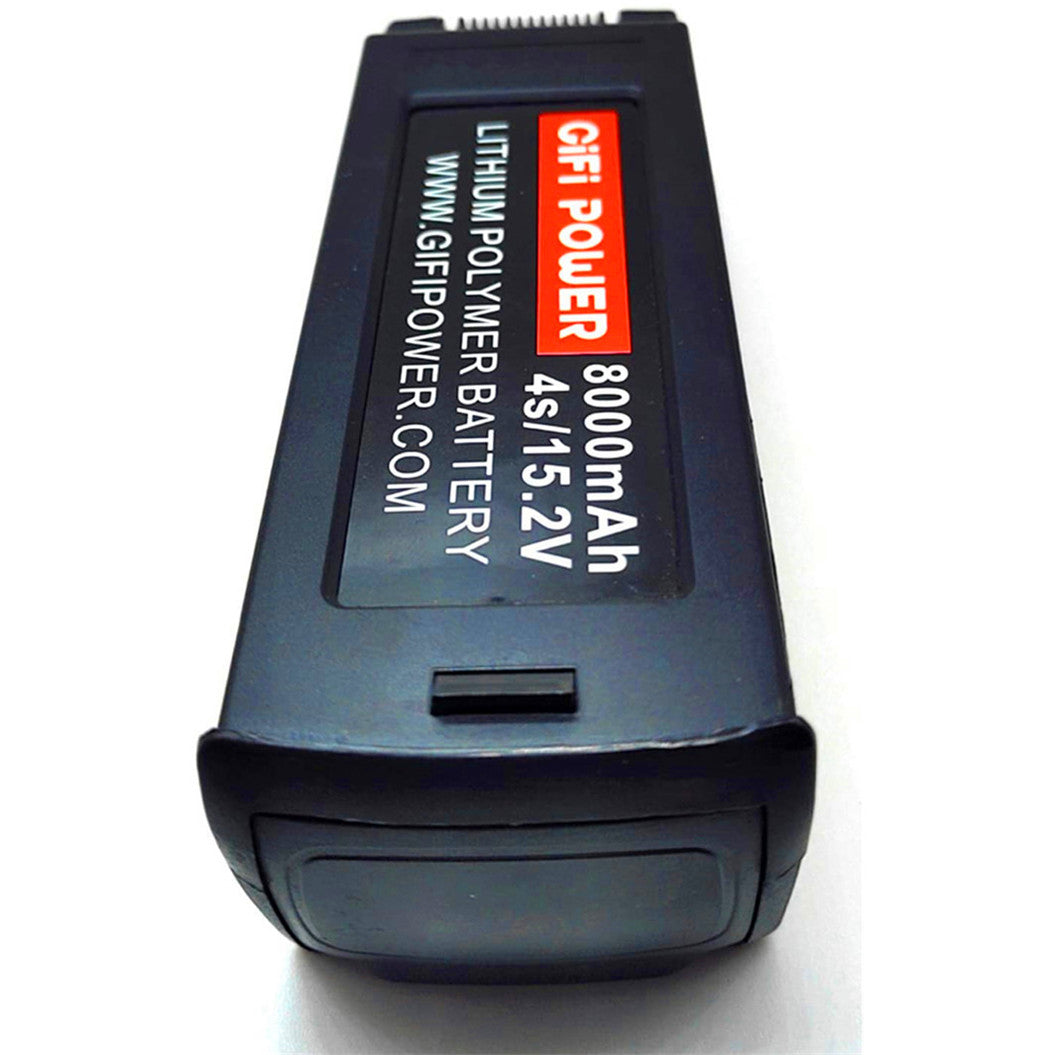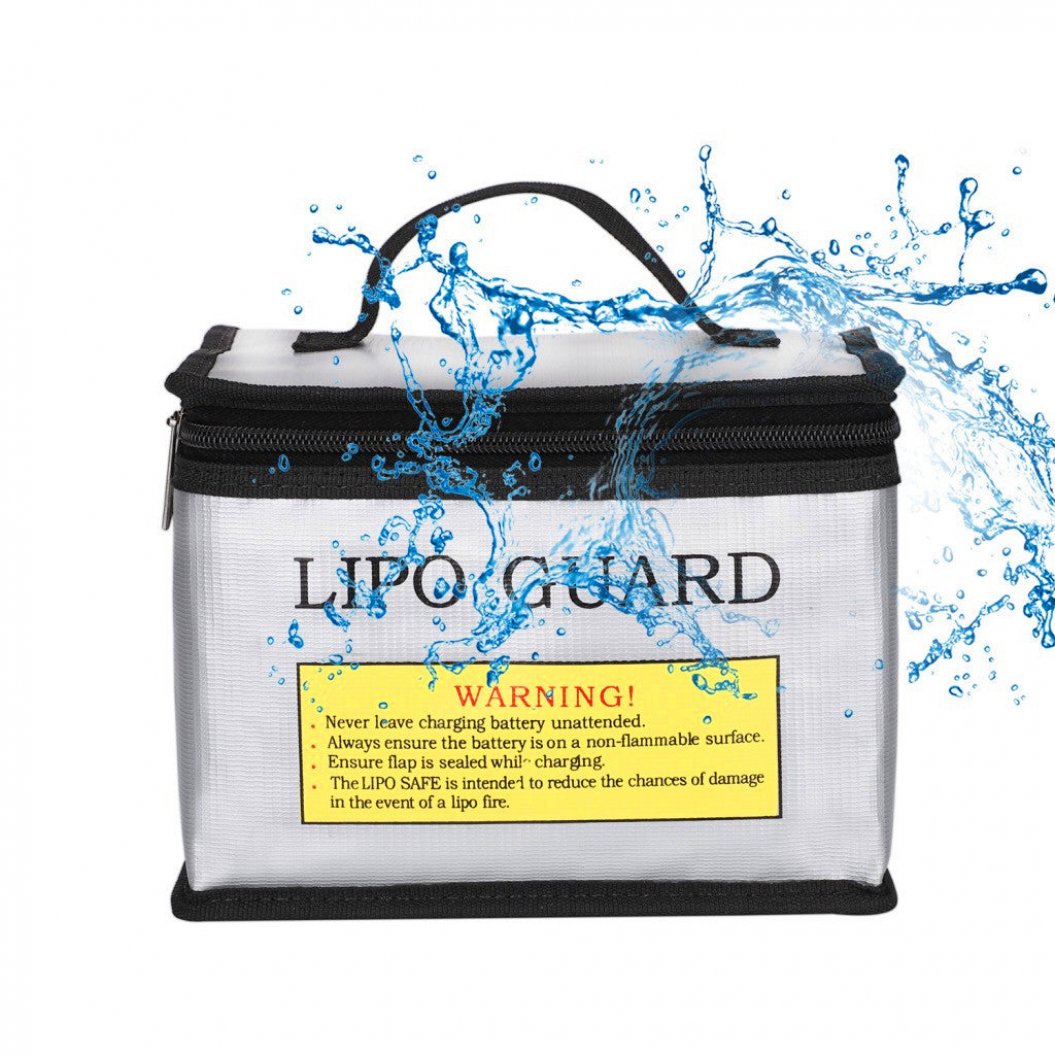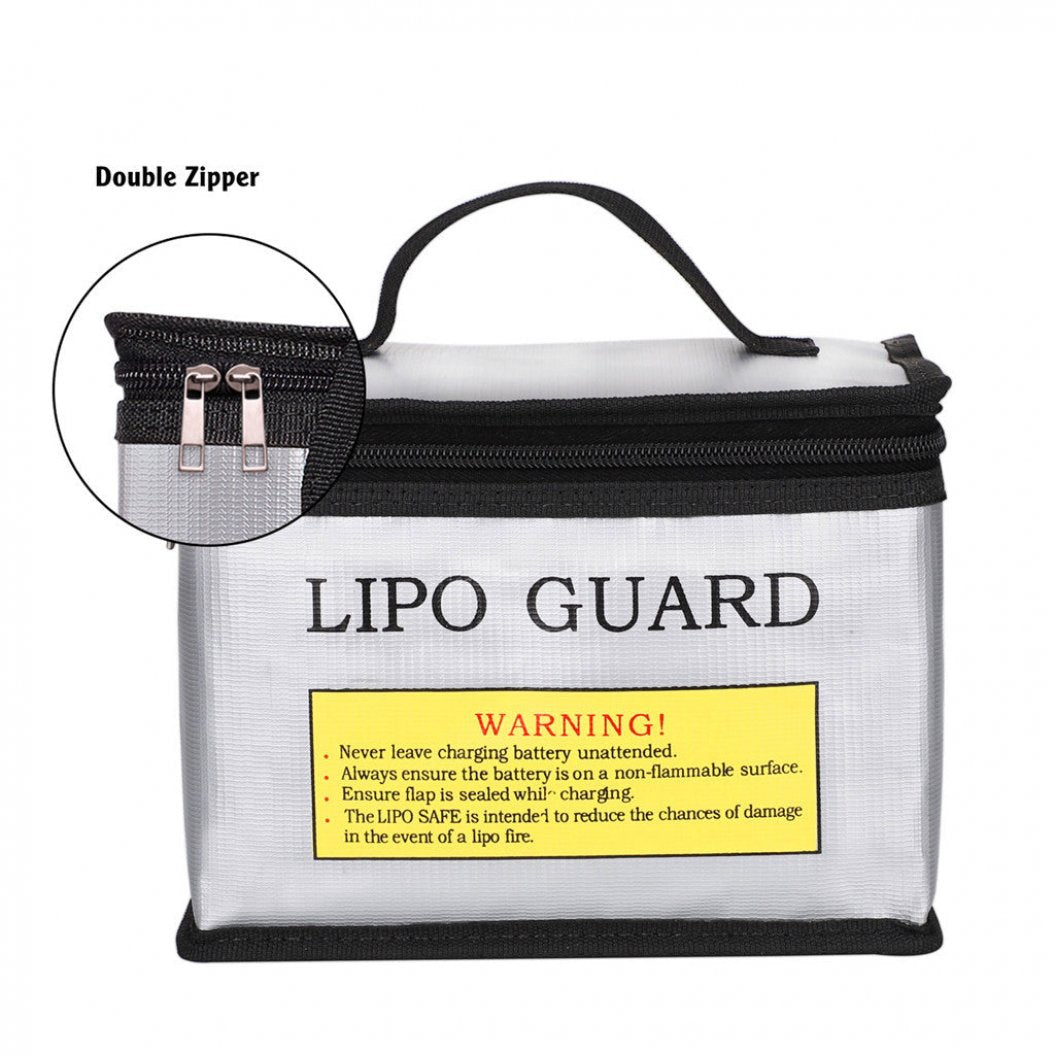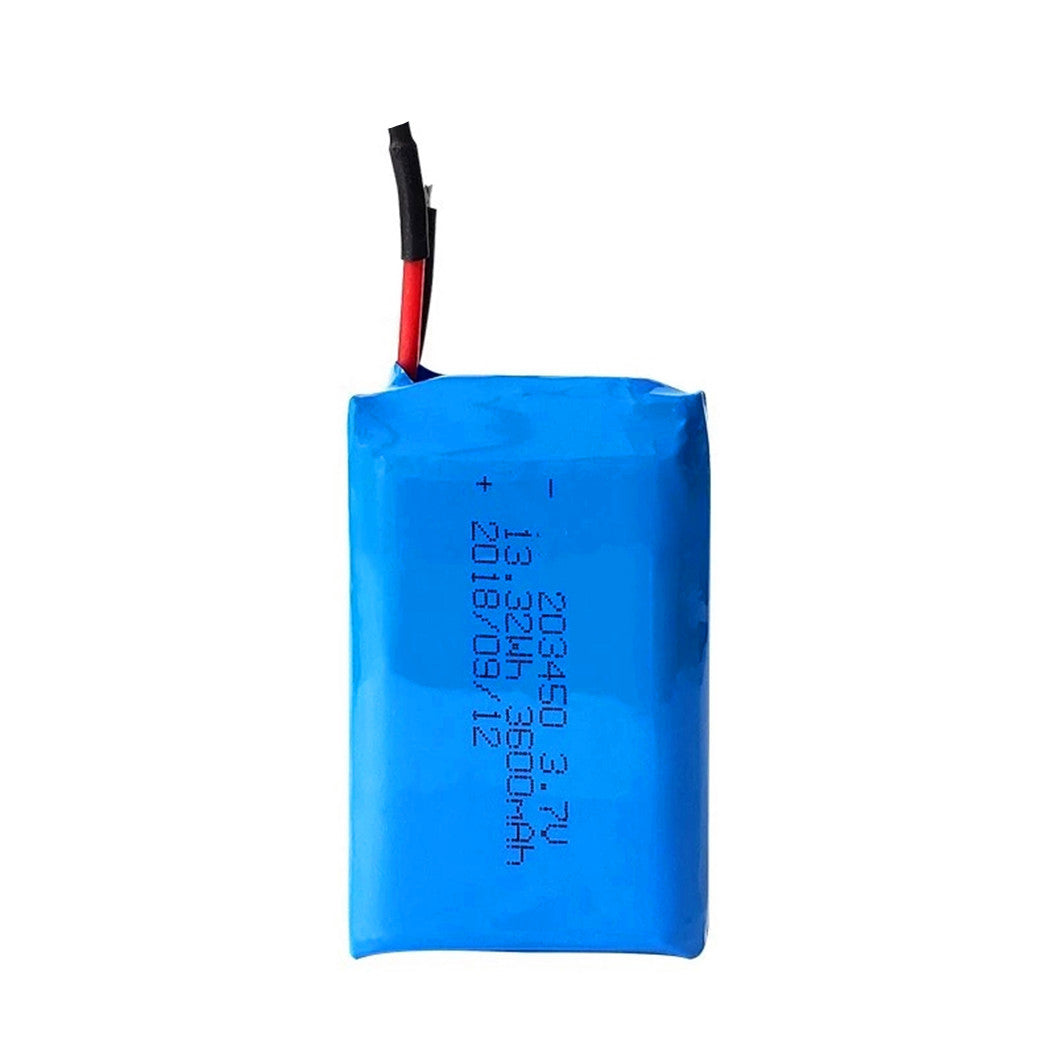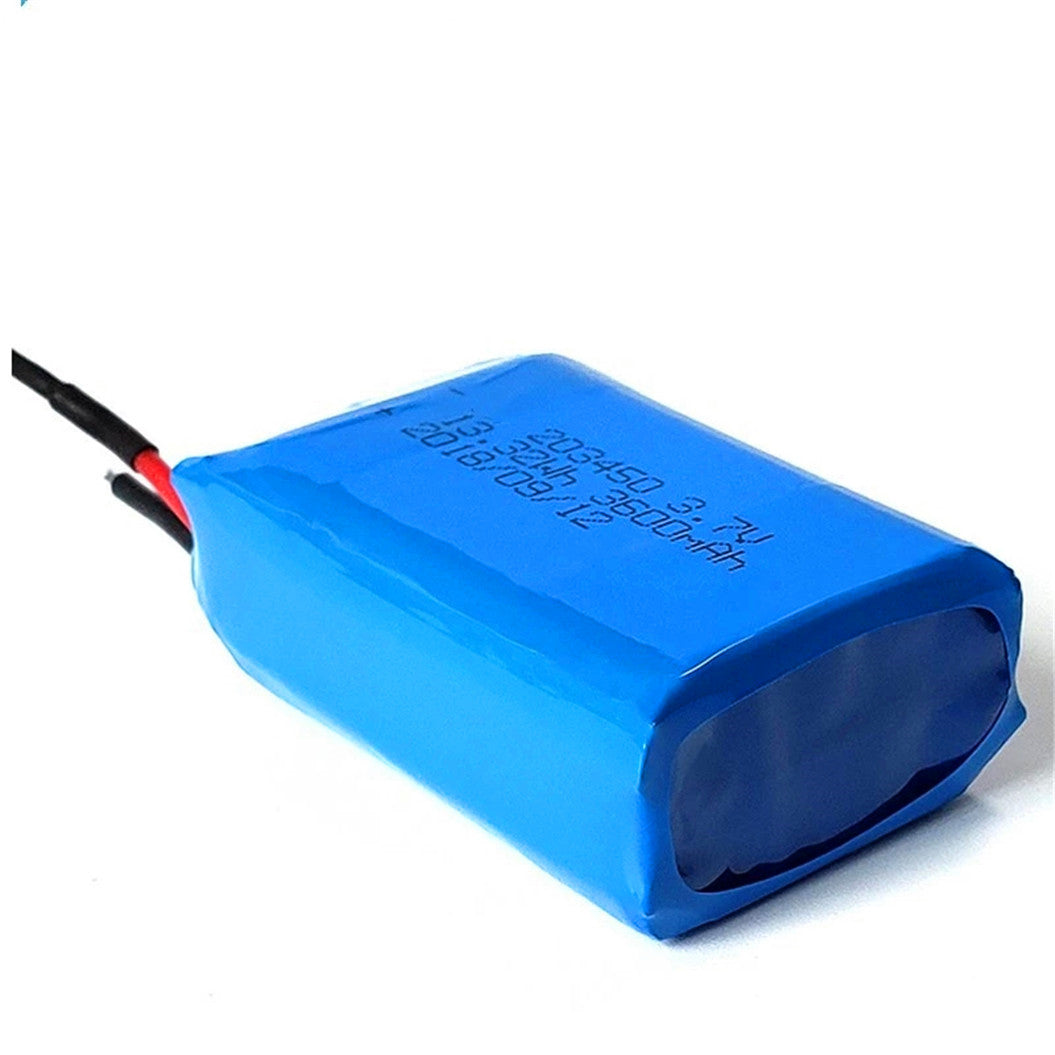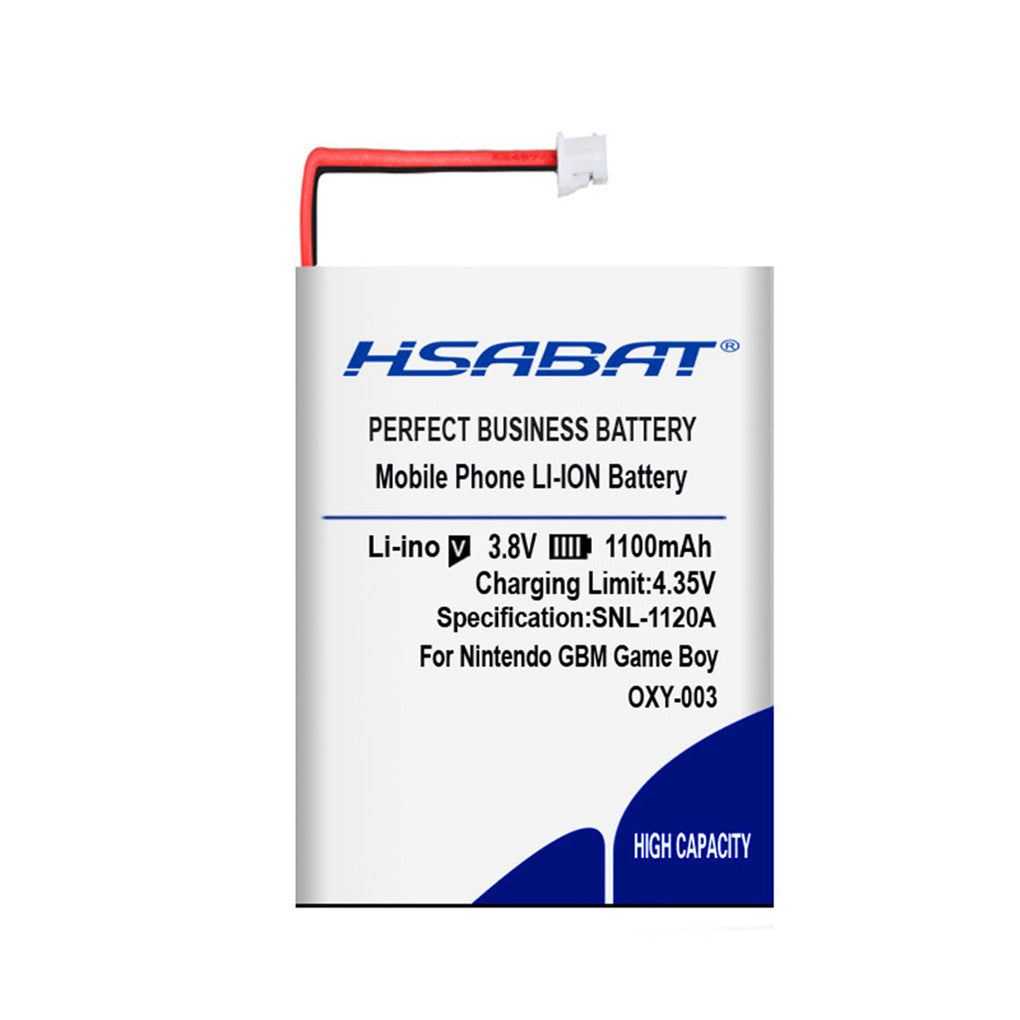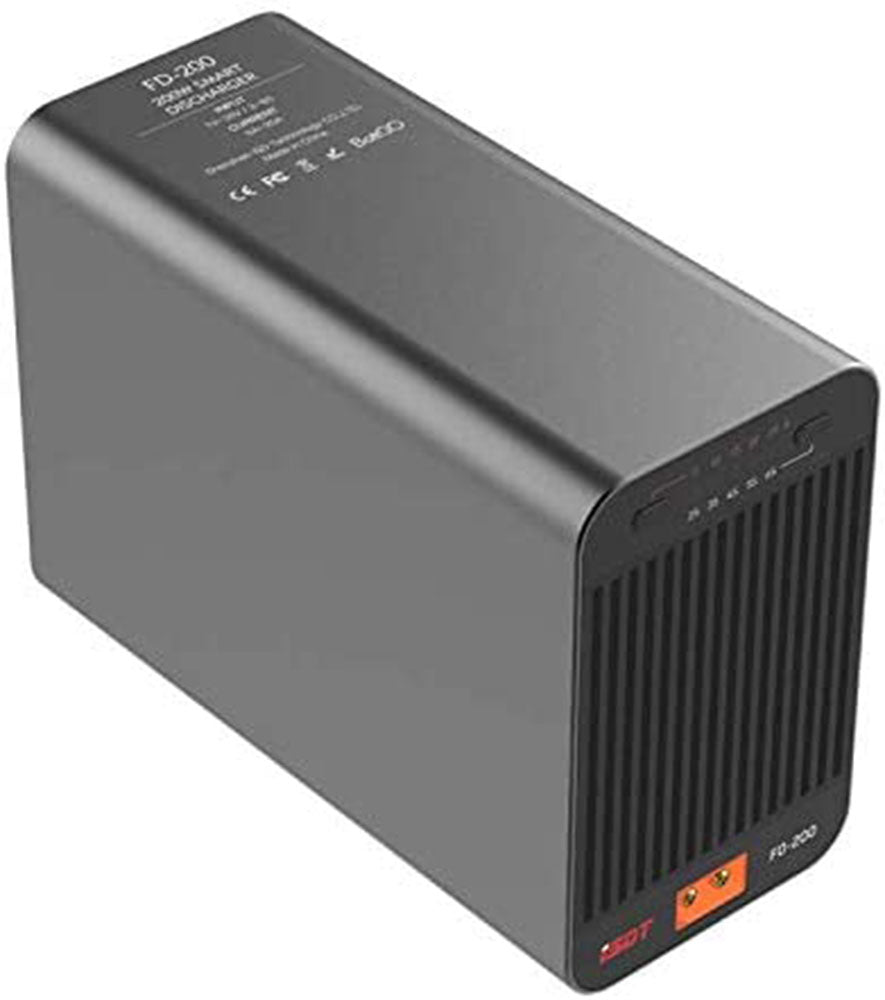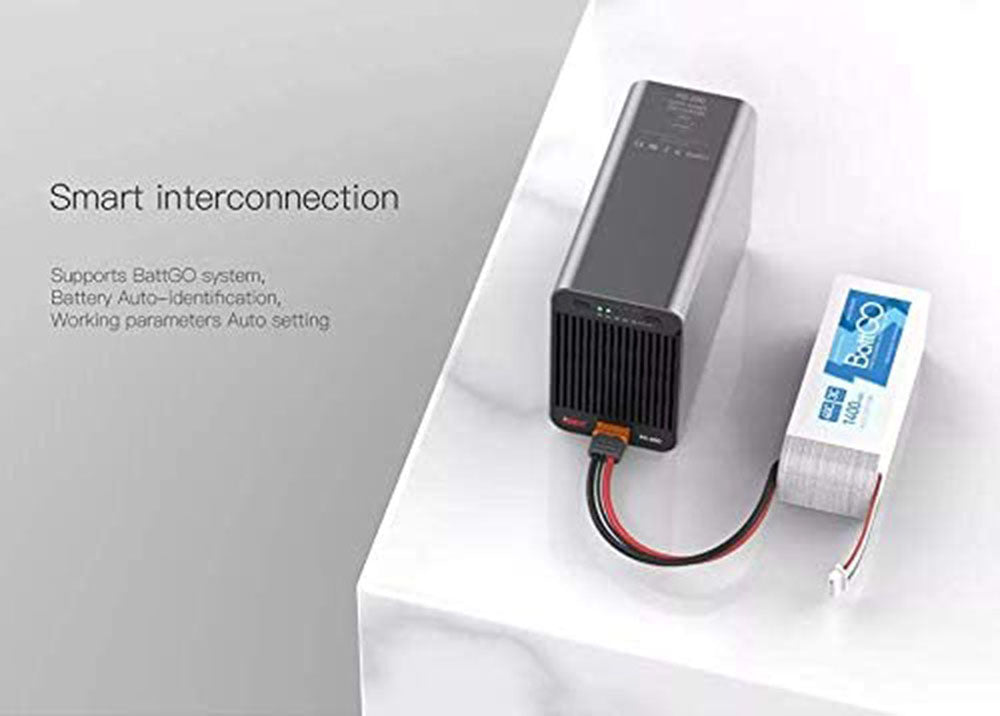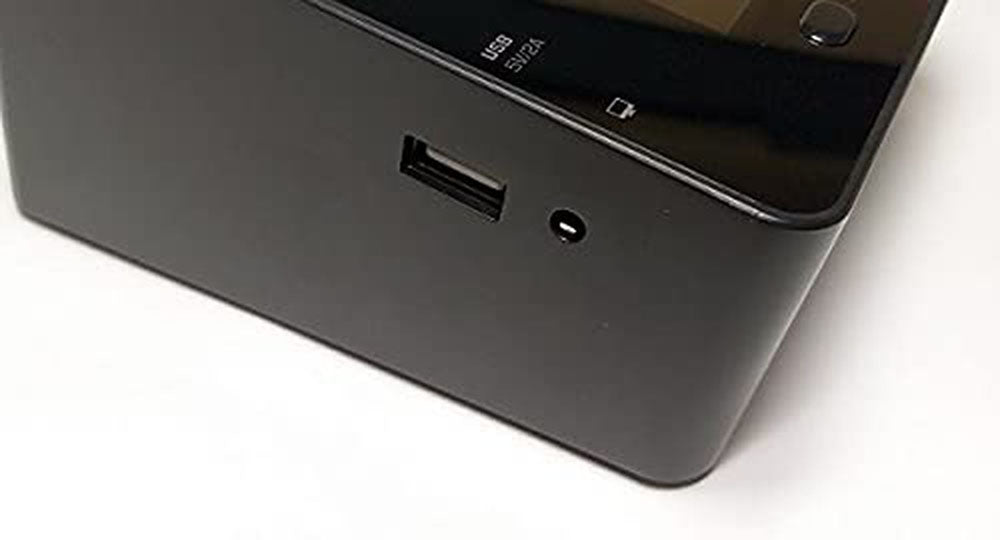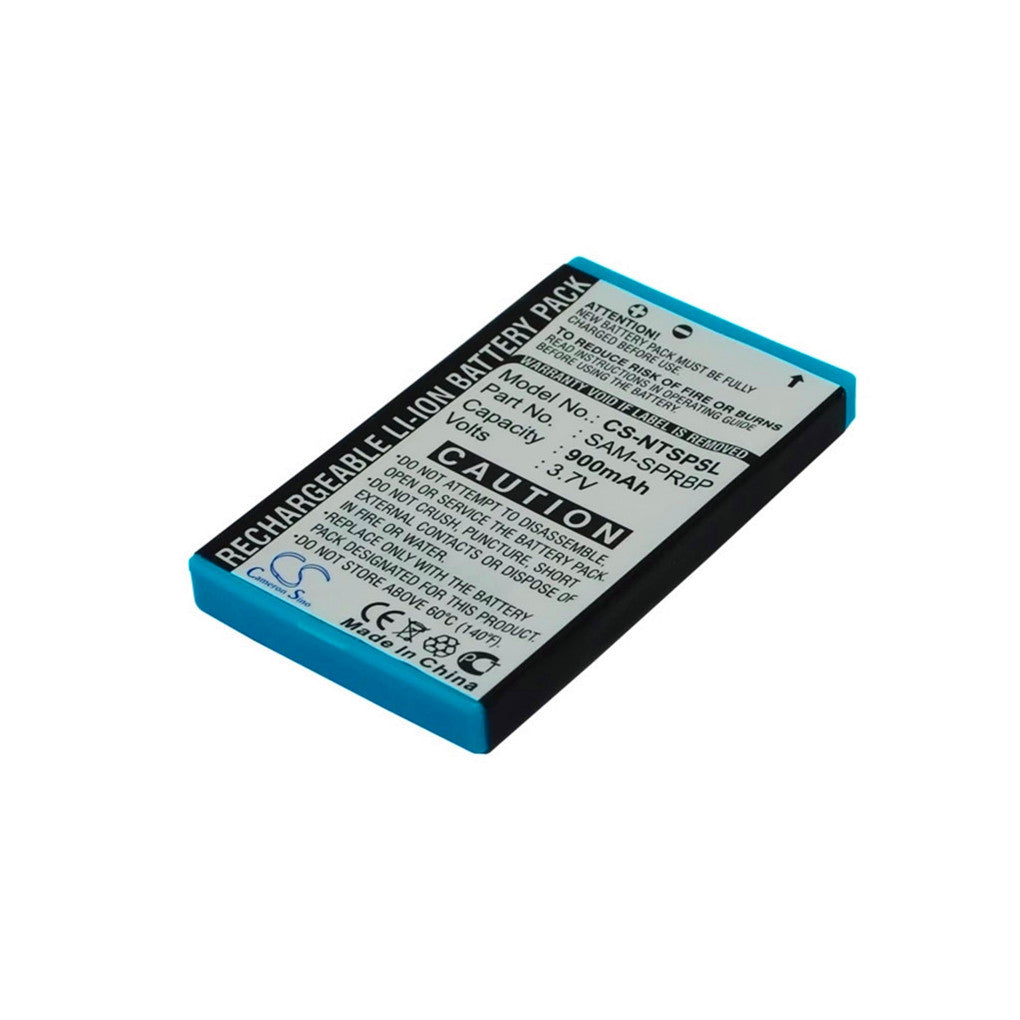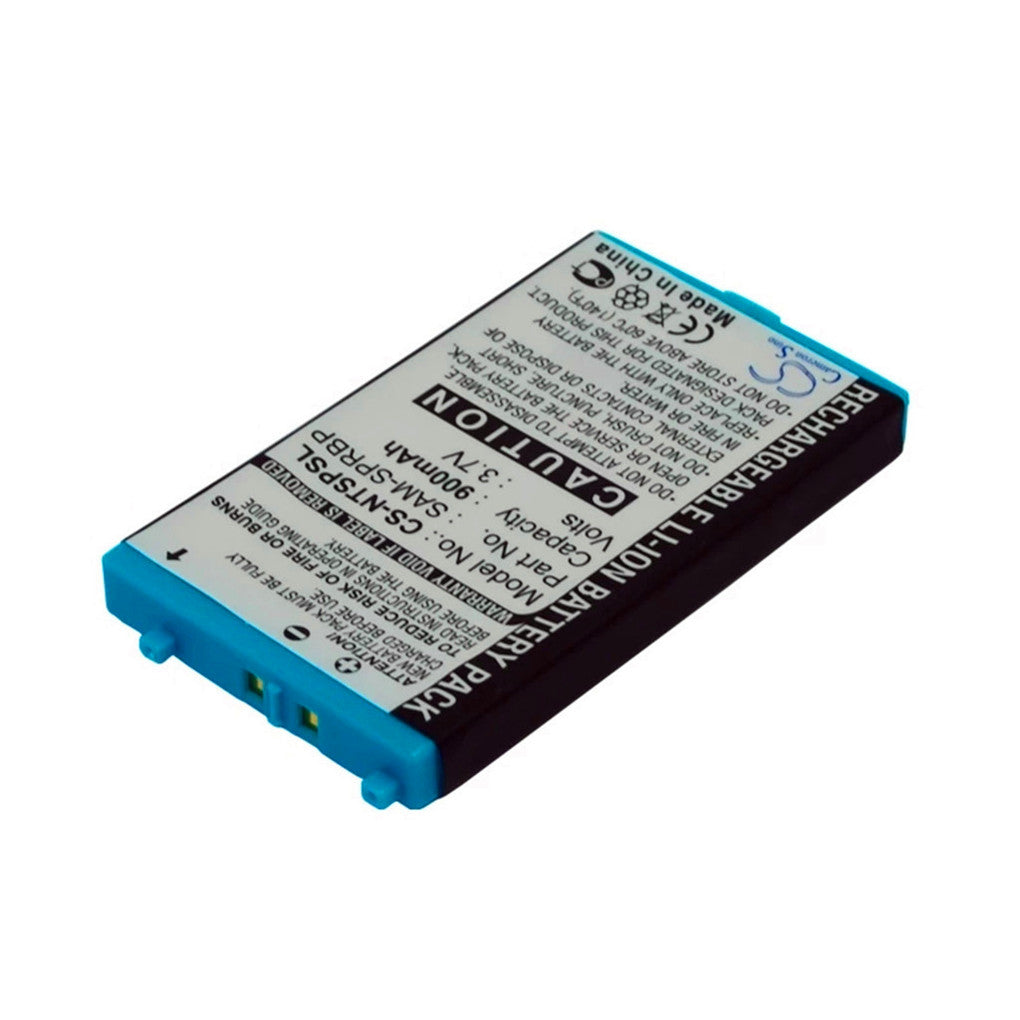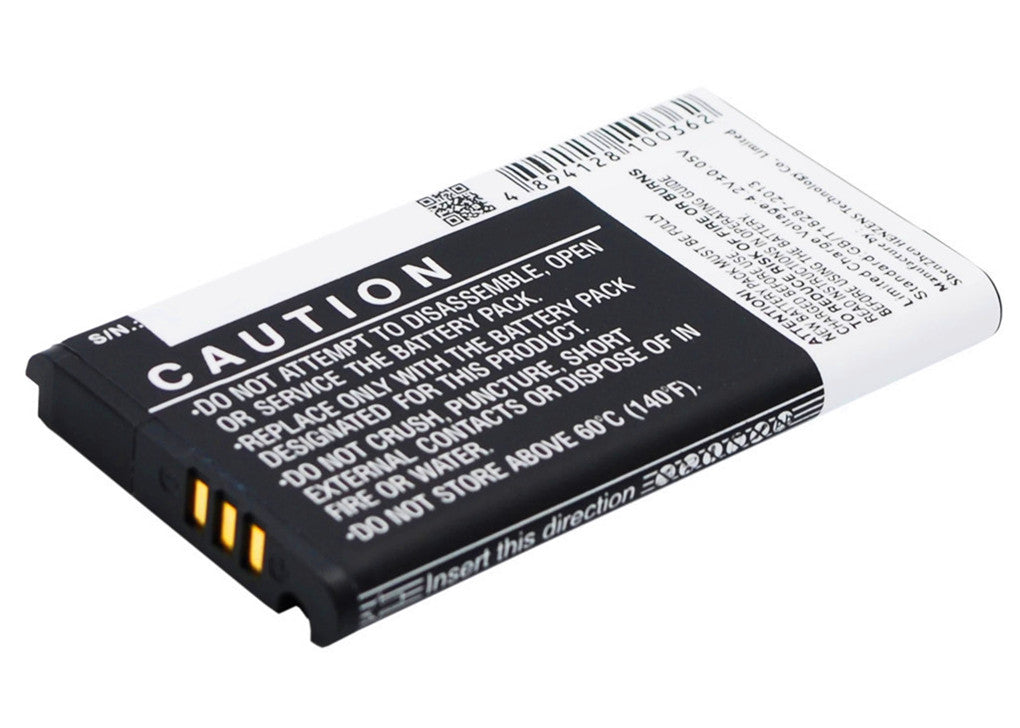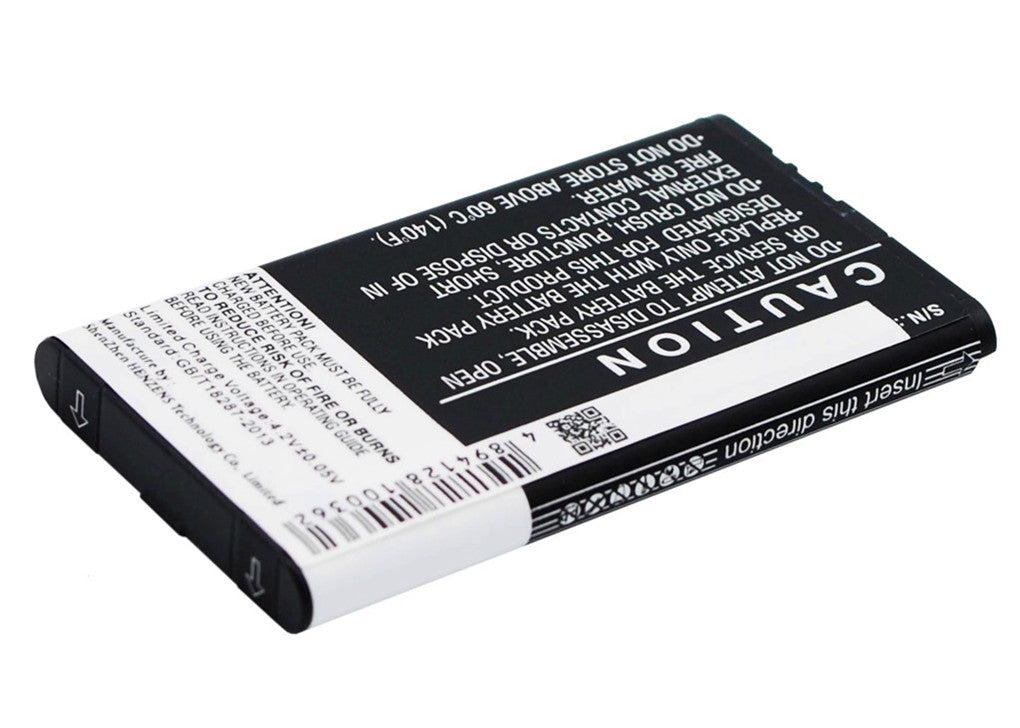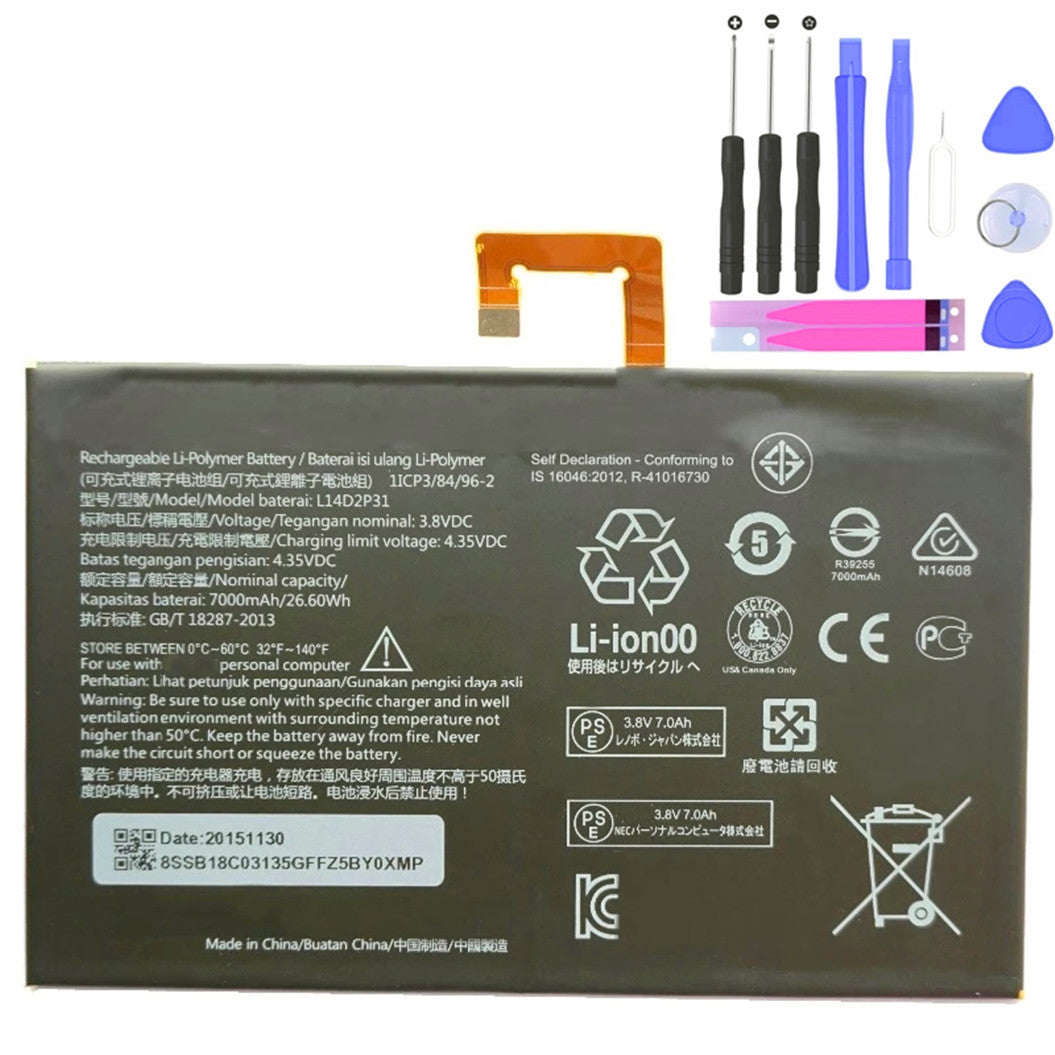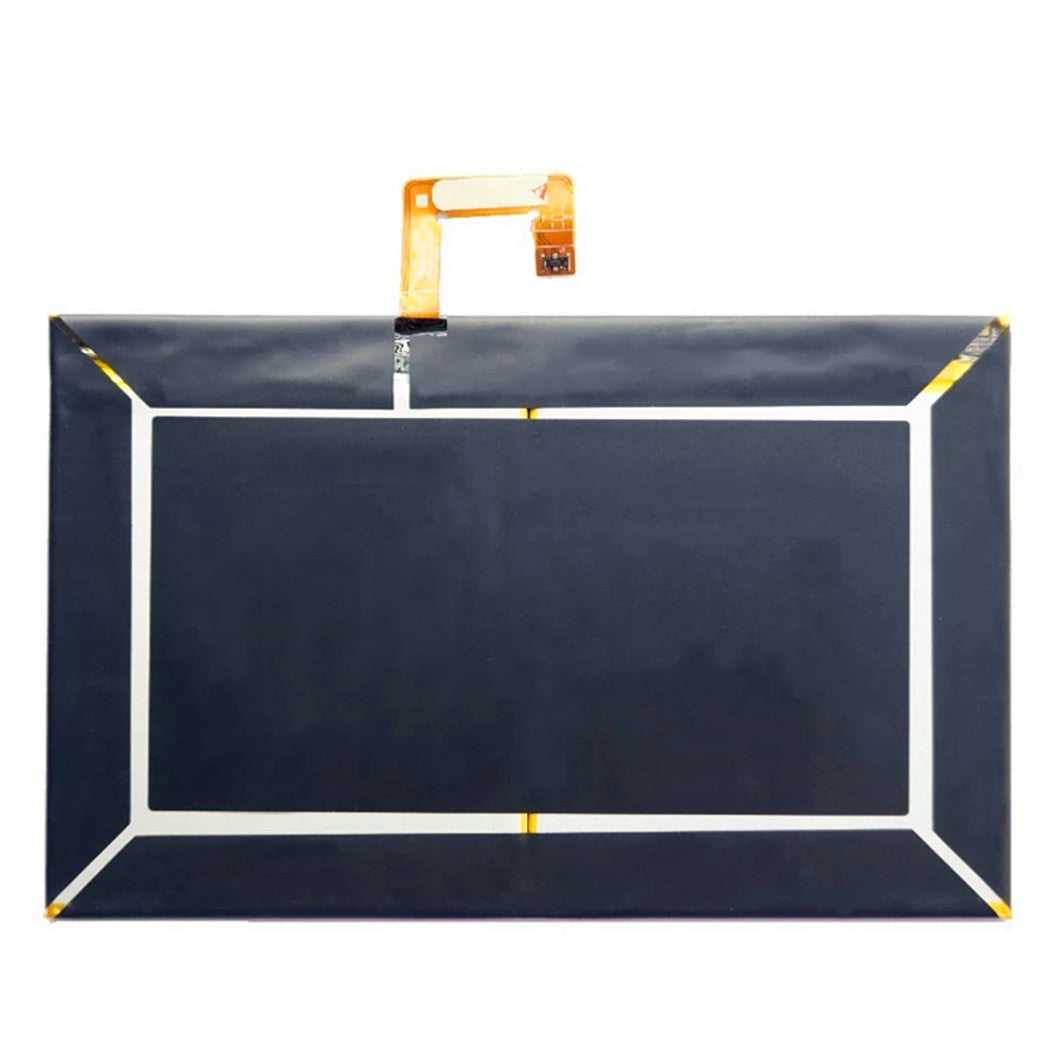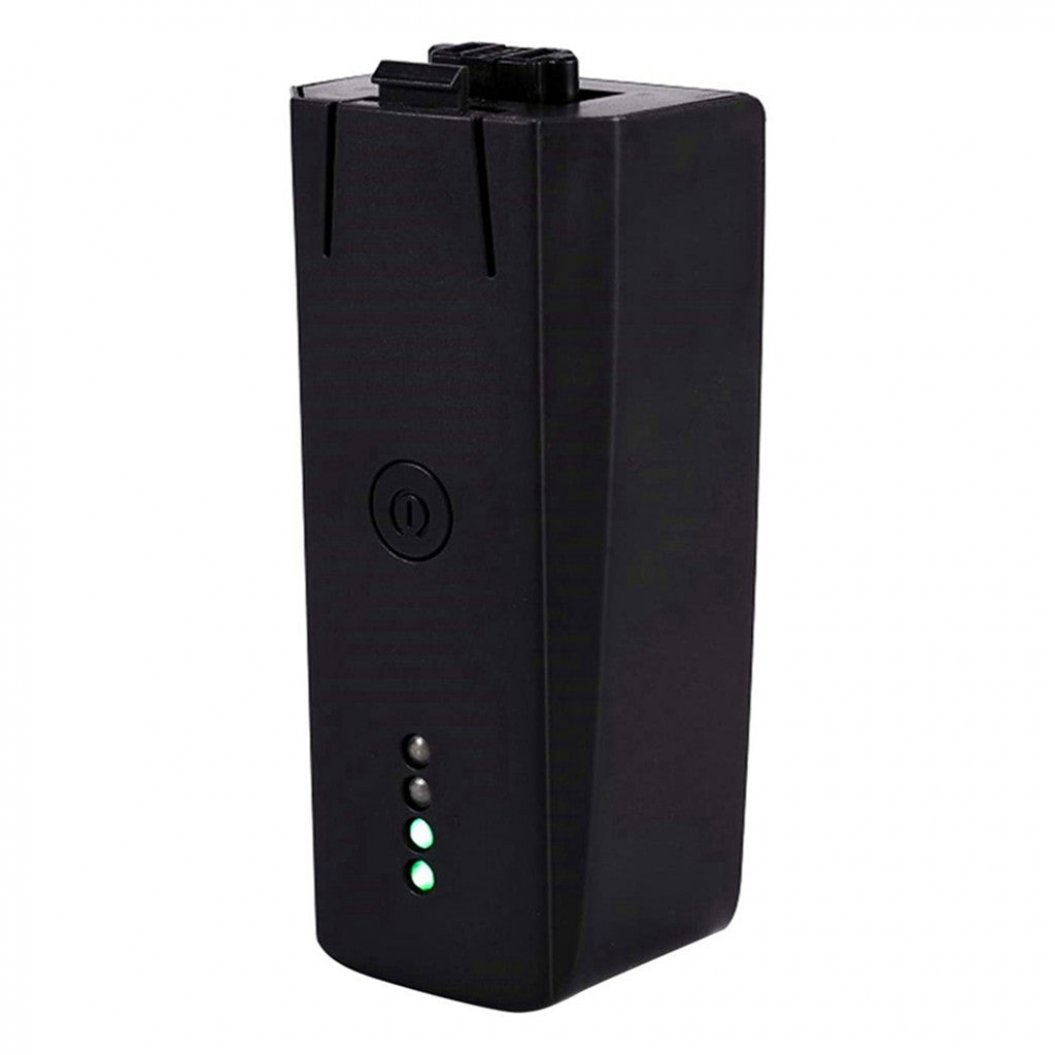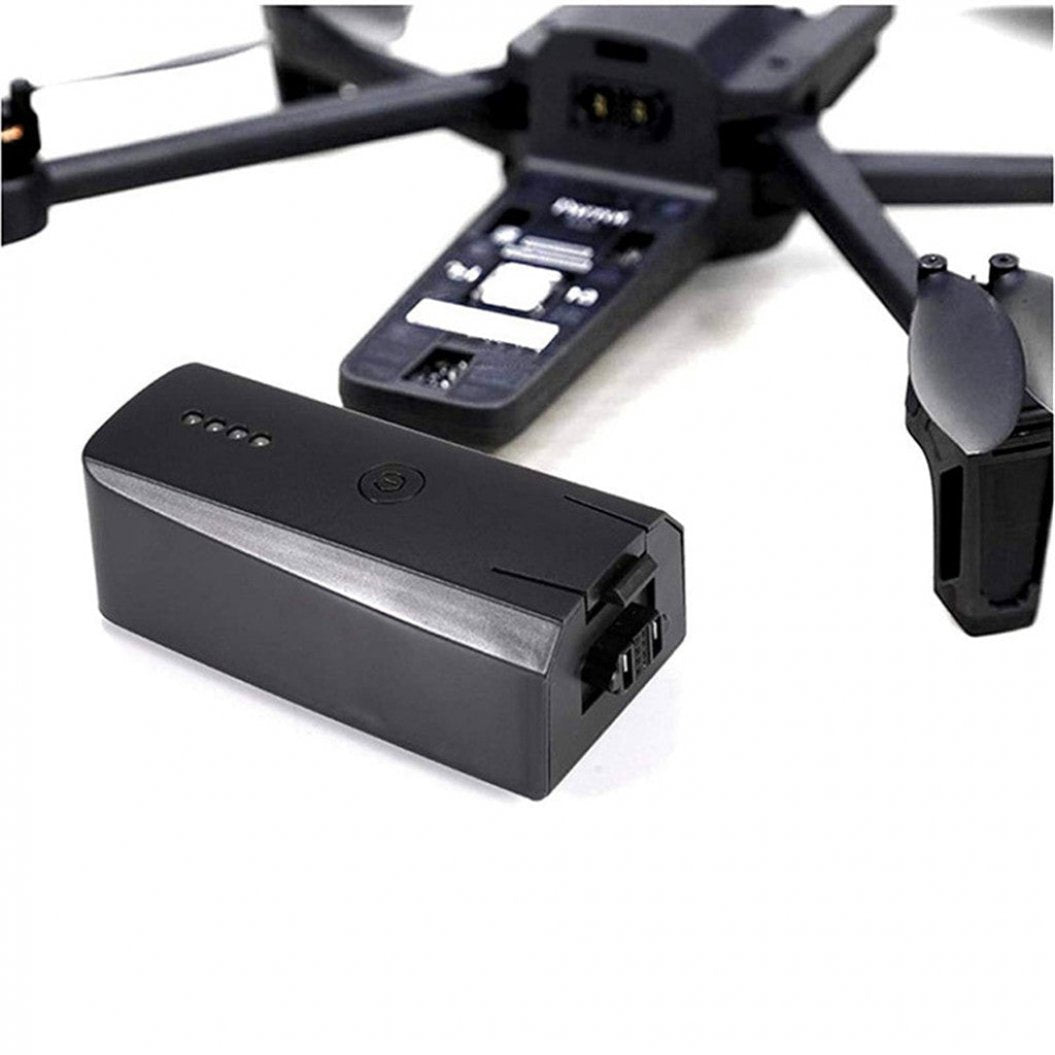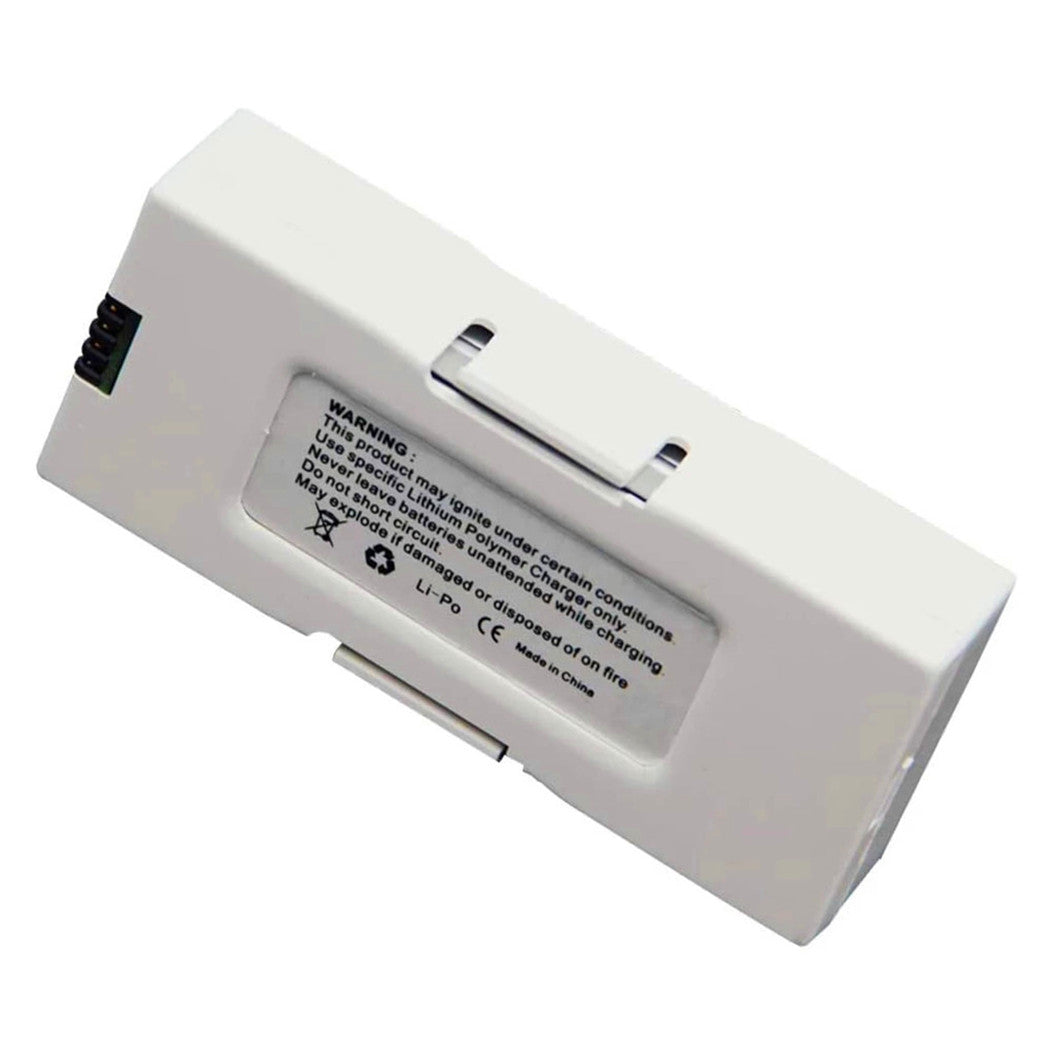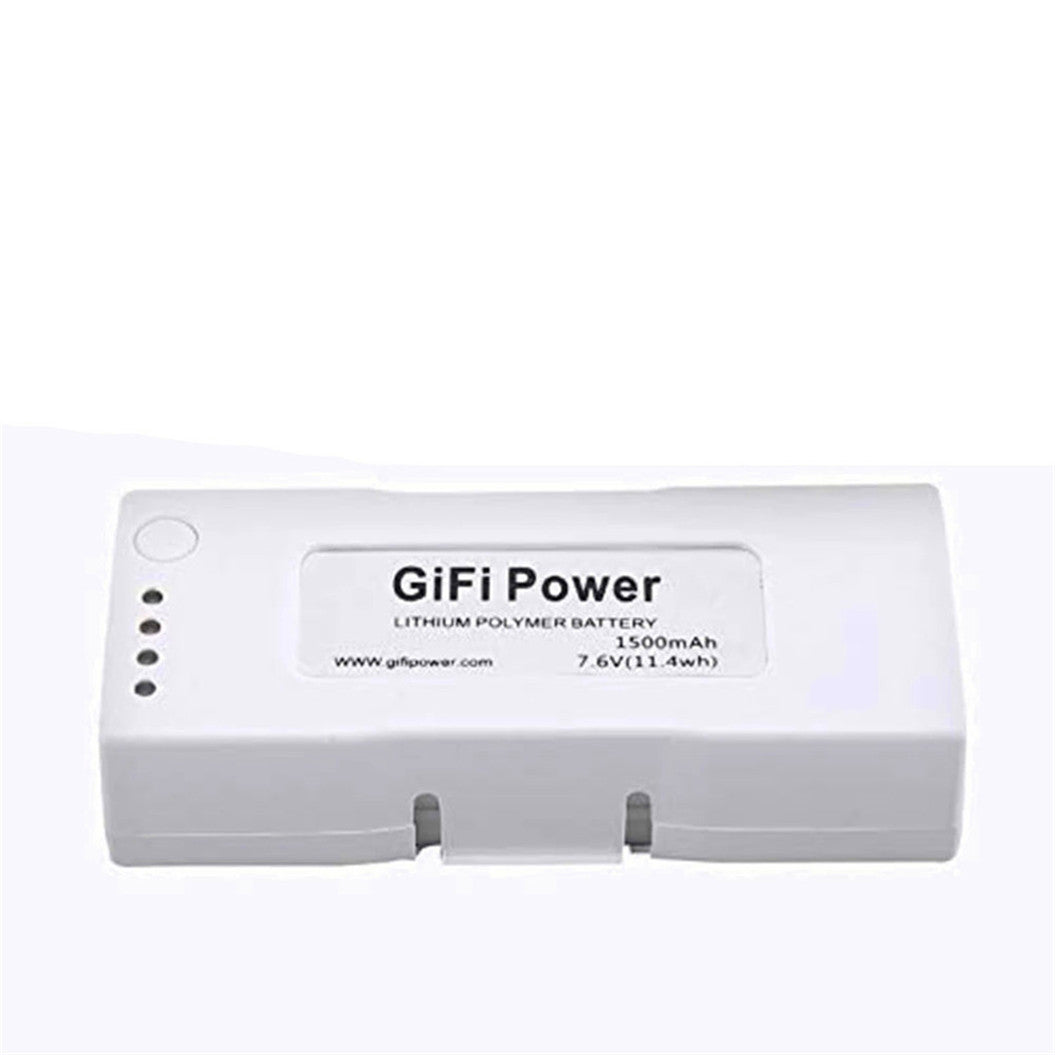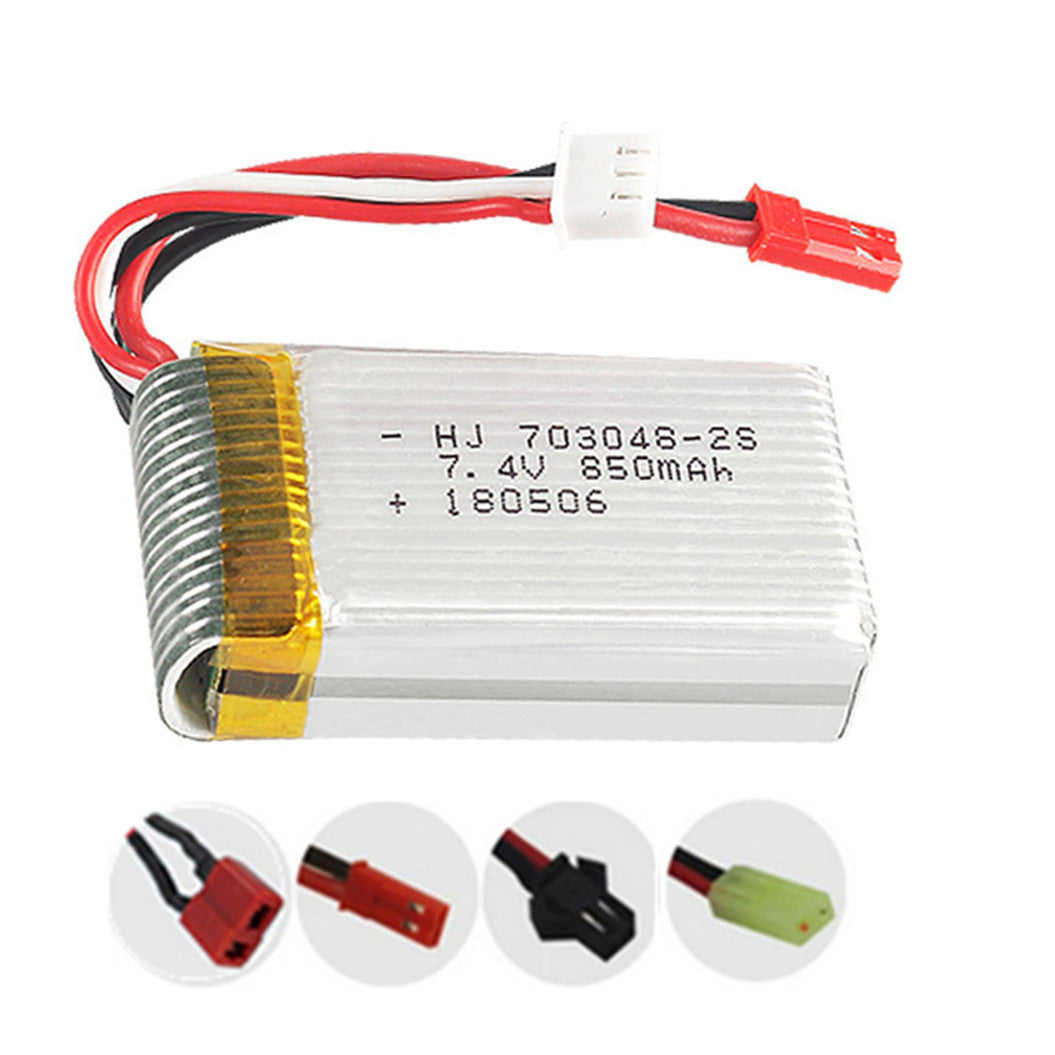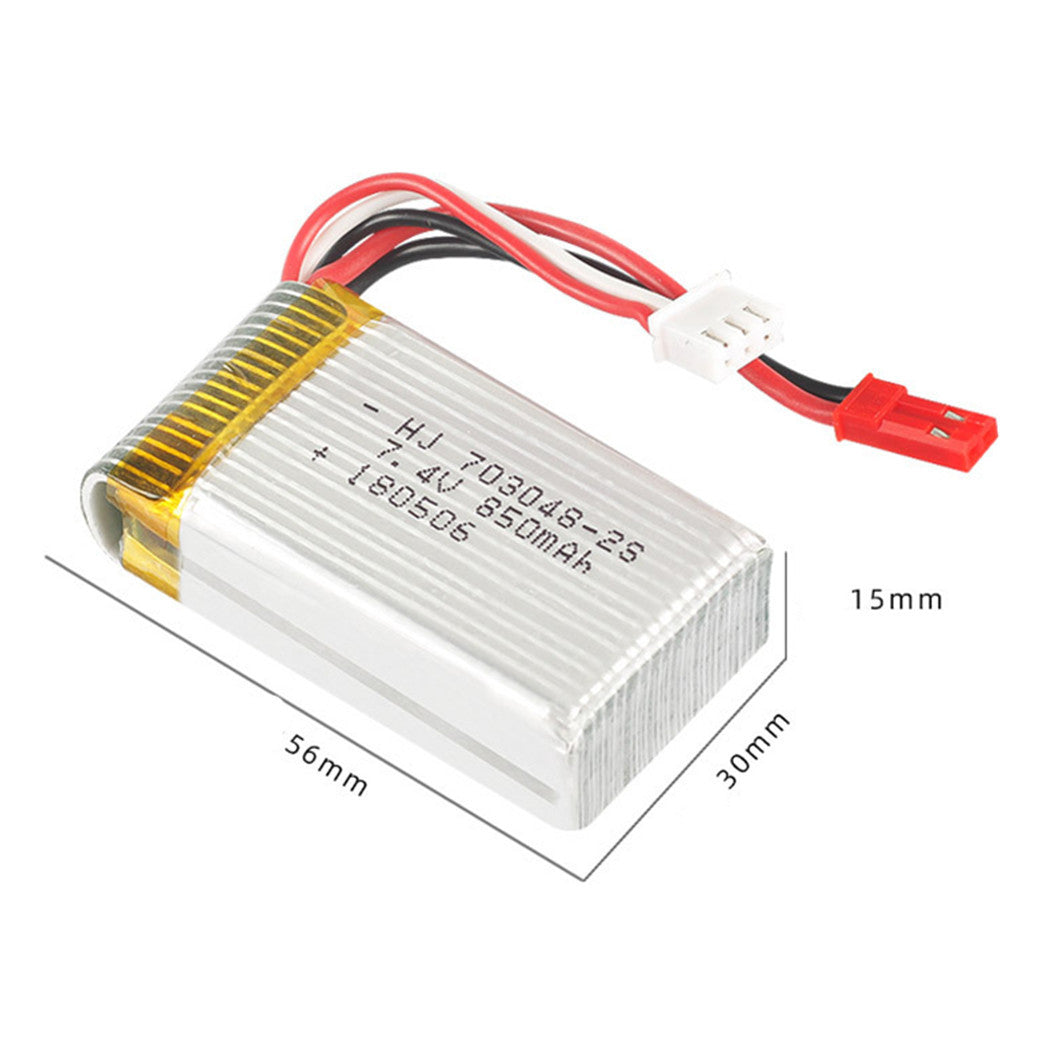-
販売元:BATTERYINT
ユニーク タイフーン H3 RC ドローン 飛行機 ヘリコプター用 15.2V 8000mAh LiPo バッテリー スペアパーツのアップグレード版 仕様: ユニーク H3 用 15.2V 80
- 通常価格
- $125.00
- 通常価格
-
- セール価格
- $125.00
- 単価
- あたり
ユニーク タイフーン H3 RC ドローン 飛行機 ヘリコプター用 15.2V 8000mAh... -
販売元:BATTERYINT
リポ電池安全バッグ(215×145×165mm)耐火防爆型 RC ドローン電池保護用 ポータブル収納
- 通常価格
- $14.99
- 通常価格
-
- セール価格
- $14.99
- 単価
- あたり
リポ電池安全バッグ(215×145×165mm)耐火防爆型 RC ドローン電池保護用 ポータブ... -
販売元:BATTERYINT
リチウムポリマー(Lipo)充電式電池パック 3.7V 2P 203450 3600mAh ハンドウォーマー用電池
- 通常価格
- $18.86
- 通常価格
-
- セール価格
- $18.86
- 単価
- あたり
リチウムポリマー(Lipo)充電式電池パック 3.7V 2P 203450 3600mAh ハ... -
販売元:BATTERYINT
任天堂 GBM(Game Boy Micro)用 HSABAT OXY 003 1100mAh 3.8V リチウムイオンバッテリーキットパック
- 通常価格
- $22.80
- 通常価格
-
- セール価格
- $22.80
- 単価
- あたり
任天堂 GBM(Game Boy Micro)用 HSABAT OXY 003 1100mAh... -
販売元:BATTERYINT
FD-200 ISDT アプリ制御リポバッテリーバランス放電器 200W/25A 2 - 8s 7 - 35v リポバッテリー用
- 通常価格
- $119.00
- 通常価格
-
- セール価格
- $119.00
- 単価
- あたり
FD-200 ISDT アプリ制御リポバッテリーバランス放電器 200W/25A 2 - 8s... -
販売元:BATTERYINT
D2 Mark 2 200W 12A ISDT パワーサプライ LiPo バッテリーバランス充電器・放電器 AC/DC デュアル RC モデル用 1-6S Li-ion Life NiCd NiMH LiHV PB【更なる機能追加】
- 通常価格
- $141.00
- 通常価格
-
- セール価格
- $141.00
- 単価
- あたり
D2 Mark 2 200W 12A ISDT パワーサプライ LiPo バッテリーバランス充... -
販売元:BATTERYINT
Cameron Sino 900mAh バッテリー AGS 003, SAM SPRBP Nintendo Advance SP, AGS 001, GBA SP 用
- 通常価格
- $26.40
- 通常価格
-
- セール価格
- $26.40
- 単価
- あたり
Cameron Sino 900mAh バッテリー AGS 003, SAM SPRBP Ni... -
販売元:BATTERYINT
Cameron Sino 1800mAh バッテリー SPR 003, SPR A BPAA CO Nintendo 3 DSLL, DS XL 2015, NEW 3 DSLL, SPR 001 用
- 通常価格
- $30.00
- 通常価格
-
- セール価格
- $30.00
- 単価
- あたり
Cameron Sino 1800mAh バッテリー SPR 003, SPR A BPAA ... -
販売元:BATTERYINT
7000mAh L14D2P31 交換用バッテリー Lenovo Tab 2 A7600-F A10-70F Tab2 A10-70 A10-70L Tab2 A10-30 Phone バッテリー+ツール
- 通常価格
- $23.39
- 通常価格
-
- セール価格
- $23.39
- 単価
- あたり
7000mAh L14D2P31 交換用バッテリー Lenovo Tab 2 A7600-F ... -
販売元:BATTERYINT
7.6V 2700mAh 20.52Wh Lipo アップグレード ドローン バッテリー Parrot Anafi 用
- 通常価格
- $75.99
- 通常価格
-
- セール価格
- $75.99
- 単価
- あたり
7.6V 2700mAh 20.52Wh Lipo アップグレード ドローン バッテリー Pa... -
販売元:BATTERYINT
7.6V 1500mAh LiPo バッテリー ZeroTech Dobby Selfie ドローン用充電式バッテリー
- 通常価格
- $39.99
- 通常価格
-
- セール価格
- $39.99
- 単価
- あたり
7.6V 1500mAh LiPo バッテリー ZeroTech Dobby Selfie ド... -
販売元:BATTERYINT
7.4V 850mAh 703048 Li-Polymer バッテリー U829A U829X X600 充電式
- 通常価格
- $15.50
- 通常価格
-
- セール価格
- $15.50
- 単価
- あたり
7.4V 850mAh 703048 Li-Polymer バッテリー U829A U829X...
ショーイング 217 -228 の 344 項目
1. How to Charge Lipo Battery?
These are the safe charging tips for LiPo batteries:
- Always use a charger specifically designed for LiPo batteries to prevent overcharging or undercharging.
- Before charging, set the charger’s current and voltage to match the battery’s specifications, typically at 1C, which is twice the battery’s capacity.
- During charging, place the lithium ion polymer battery in a fireproof bag or on a flat surface that is free of flammable materials.
- Closely monitor the lithium polymer battery during charging and ensure that it is not left unattended for extended periods.
- Always use a charger specifically designed for LiPo batteries to prevent overcharging or undercharging.
- Before charging, set the charger’s current and voltage to match the battery’s specifications, typically at 1C, which is twice the battery’s capacity.
- During charging, place the lithium ion polymer battery in a fireproof bag or on a flat surface that is free of flammable materials.
- Closely monitor the lithium polymer battery during charging and ensure that it is not left unattended for extended periods.
2. How to Store Lipo Battery?
When storing Lithium Polymer (LiPo) batteries, they should be kept at approximately 50% charge, which will help to prolong battery life. The lithium ion polymer battery should be stored in a dry, cool environment, away from direct sunlight and extreme temperatures.
In addition, batteries should be stored in a fireproof bag or special safety box to prevent accidents. In addition, if not used for a long period, perform a light charge and discharge every few months to maintain battery performance.
In addition, batteries should be stored in a fireproof bag or special safety box to prevent accidents. In addition, if not used for a long period, perform a light charge and discharge every few months to maintain battery performance.
3. What Is the Lifespan of a Lipo Battery?
In general, lithium polymer batteries can support approximately 300 to 500 charge/discharge cycles if properly used and maintained. To extend battery life, avoid overcharging and over-discharging, and keep the lithium ion polymer battery at the proper temperature during use and storage.
4. How to Prevent Lipo Battery from Expansion and Explosion?
These tips below prevent lithium polymer (lipo) batteries from expanding or explosion:
- Ensure that you are using a charger that is specifically designed for LiPo batteries and that you strictly follow the battery’s charging specifications.
- Avoid exposing the lithium polymer battery to extreme temperatures or direct sunlight during charging and use.
- Ensure that the lithium ion polymer battery is not physically damaged. Regularly inspect the battery for any signs of wear or damage.
- If the LiPo batteries show signs of swelling, discontinue use immediately to prevent further risks such as expansion or explosion.
- Ensure that you are using a charger that is specifically designed for LiPo batteries and that you strictly follow the battery’s charging specifications.
- Avoid exposing the lithium polymer battery to extreme temperatures or direct sunlight during charging and use.
- Ensure that the lithium ion polymer battery is not physically damaged. Regularly inspect the battery for any signs of wear or damage.
- If the LiPo batteries show signs of swelling, discontinue use immediately to prevent further risks such as expansion or explosion.
5. What Is the Difference Between a 4s Lipo Battery and a 3s LiPo Battery?
The main differences between 4s lipo batteries and 3s LiPo batteries are the number of cells and the total voltage. 3s batteries consist of three cells in series and typically have a voltage of 11.1 volts, while 4s batteries consist of four cells in series and typically have a voltage of 14.8 volts.
However, higher voltages may also require electronic equipment to have a higher voltage tolerance, so the voltage compatibility of equipment must be considered when choosing a lithium polymer battery.
However, higher voltages may also require electronic equipment to have a higher voltage tolerance, so the voltage compatibility of equipment must be considered when choosing a lithium polymer battery.
6. How Long Does It Take to Charge a 4s Lipo Battery?
Typically, most 4-cell LiPo batteries take about 1 to 1.5 hours to fully charge when charged at a 1C charge rate (i.e. the current value for the rated capacity of the battery).
For example, a 5000mAh battery will take about 1 hour to fully charge at 5A charge current. Ensure that you use the appropriate charger for your lithium polymer battery to maintain its health and safety.
For example, a 5000mAh battery will take about 1 hour to fully charge at 5A charge current. Ensure that you use the appropriate charger for your lithium polymer battery to maintain its health and safety.
7. Which Is Better, Lifepo4 or Lipo Battery?
LiFePO4 batteries are known for their longer life and increased safety. It is usually more suitable for applications that require long-term reliability, such as electric vehicles and solar energy storage systems.
LiPo batteries, on the other hand, offer higher energy density and power output. Ideal for devices with stringent weight and size requirements, such as UAVs and RC models.
LiPo batteries, on the other hand, offer higher energy density and power output. Ideal for devices with stringent weight and size requirements, such as UAVs and RC models.
8. Which Is Better, Nimh or Lipo Battery?
NiMH batteries are more environmentally friendly and less expensive, making them suitable for every day and low-power devices.
LiPo batteries, on the other hand, offer higher energy density and discharge rates, making them more suitable for use in high-power devices such as drones and high-performance RC cars.
LiPo batteries, on the other hand, offer higher energy density and discharge rates, making them more suitable for use in high-power devices such as drones and high-performance RC cars.

